We don’t talk about wildflowers so much just because they are pretty. They are often critically important host plants and food sources for a range of invertebrates, which are predated upon by reptiles, amphibians, rodents and birds; which are themselves eaten by our larger predators: birds of prey or weasels, foxes, badgers. Our wildflowers, as a group, are critical contributors to our native farmland ecosystem, which is so worryingly depleted.
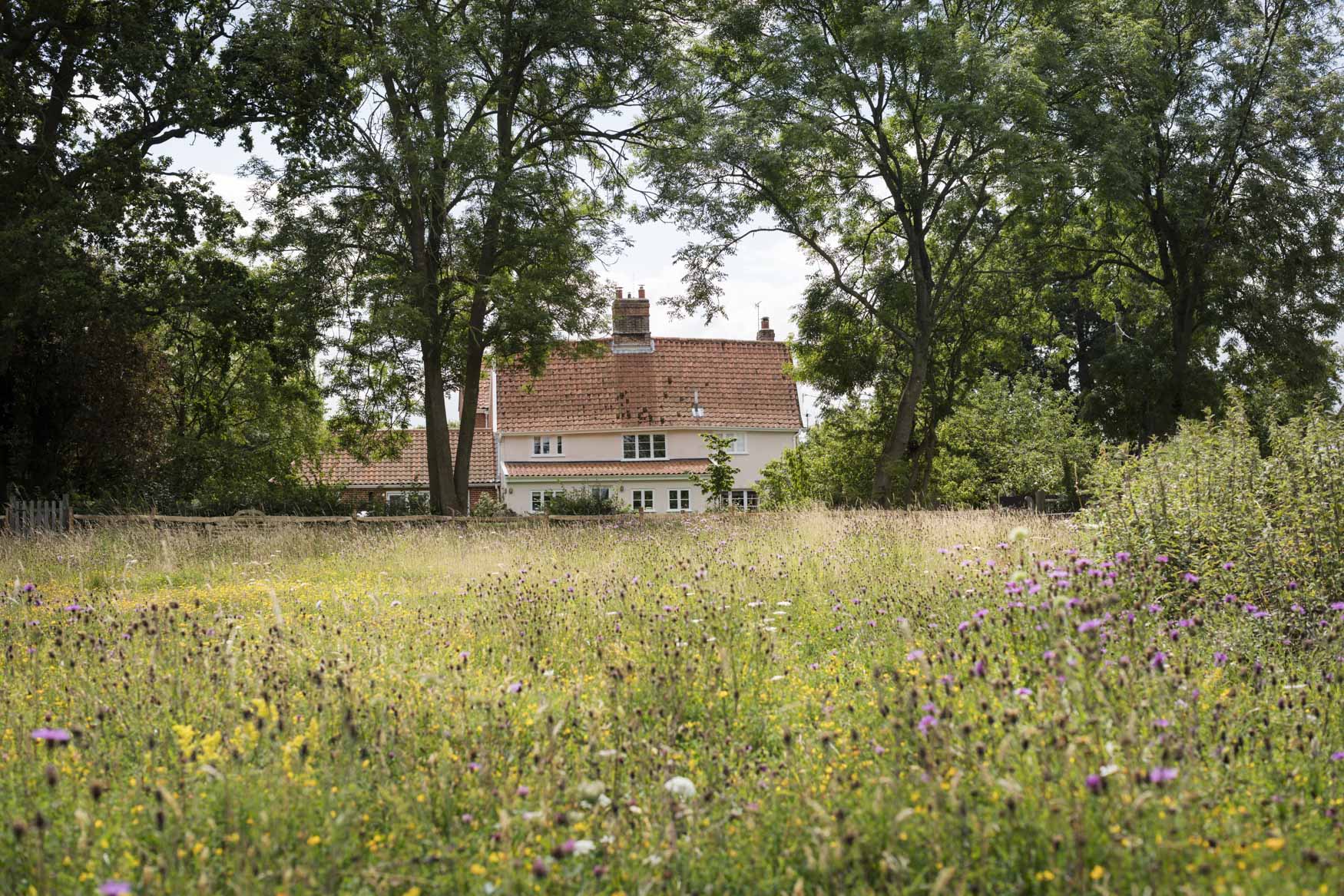
It was great last week to visit the privately owned wildflower meadow of Marie and Gerry Lagerberg in the village of Hoxne; created and nurtured over the last 9 years. When they took on the small field it was composed of scrub and intensively cereal-farmed land, loaded with the usual fertilisers and chemicals: not an ideal environment for wildflowers, primarily because the soil was unnaturally rich in nitrogen.
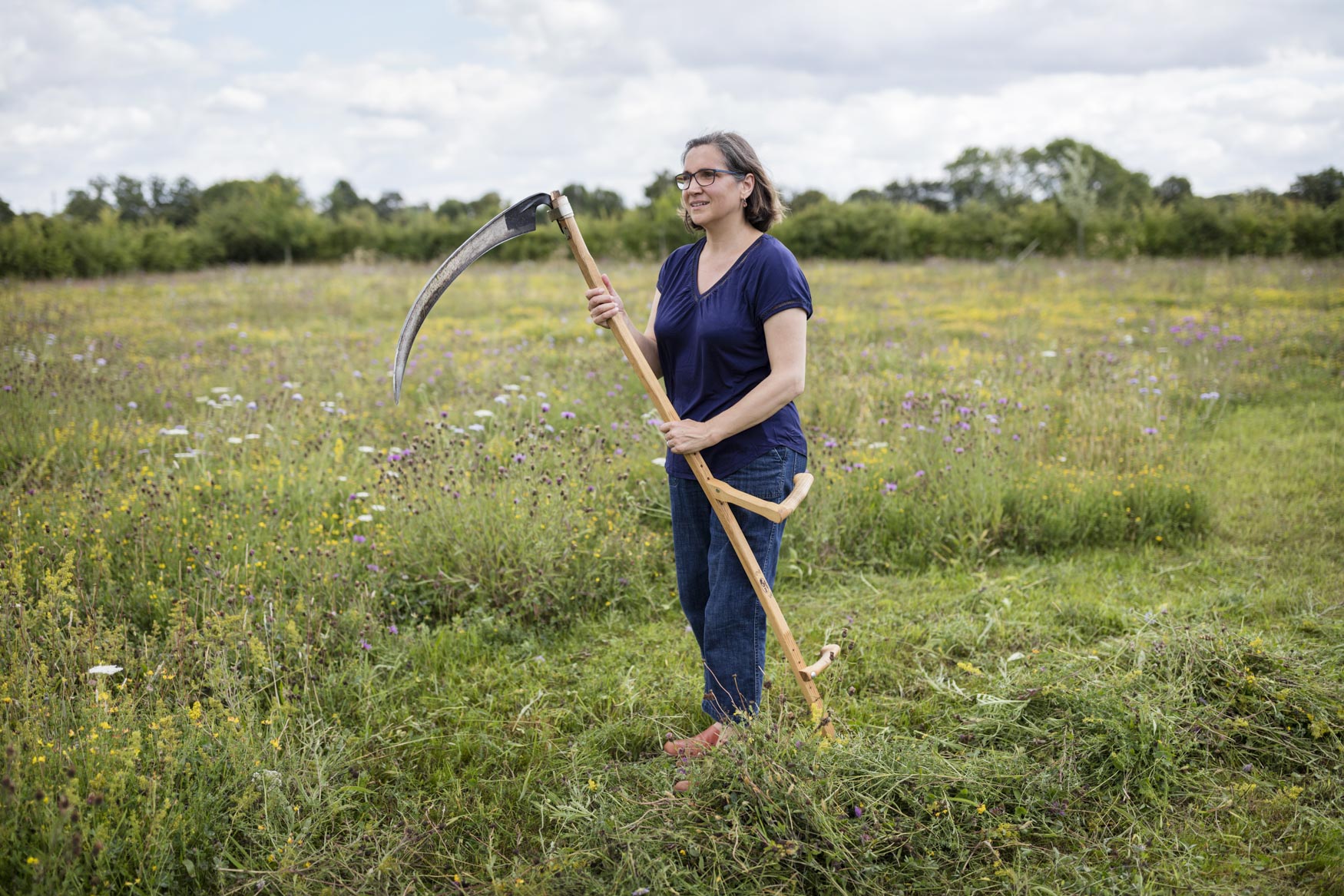
Marie tells me that, since the war, we have lost 97% of our old flowering hay meadows. So what is a ‘flowering hay meadow’? And what became of them? Traditionally farms were more mixed and their grazing meadows had a cut of hay in June/July, which was dried, baled and used for animal fodder later in the year. After the cut, animals would graze the new growth and in the process the meadow would receive some manure. No extra fertilisers would be used and, as a consequence, the meadow would remain relatively nutrient-poor (bearing in mind that an animal cannot put back more nutrients than it takes!) These were conditions that favoured many species of wildflower, which nowadays are out-competed by grasses in the more nutrient enriched soils. But this system of agriculture was overhauled during the second war when many grazing/hay meadows were ploughed over for arable crops and those that remained were often fertilised, with compost or chemicals, to increase the grass yield in the general move towards intensification. The inevitable result was the disappearance of wildflowers.
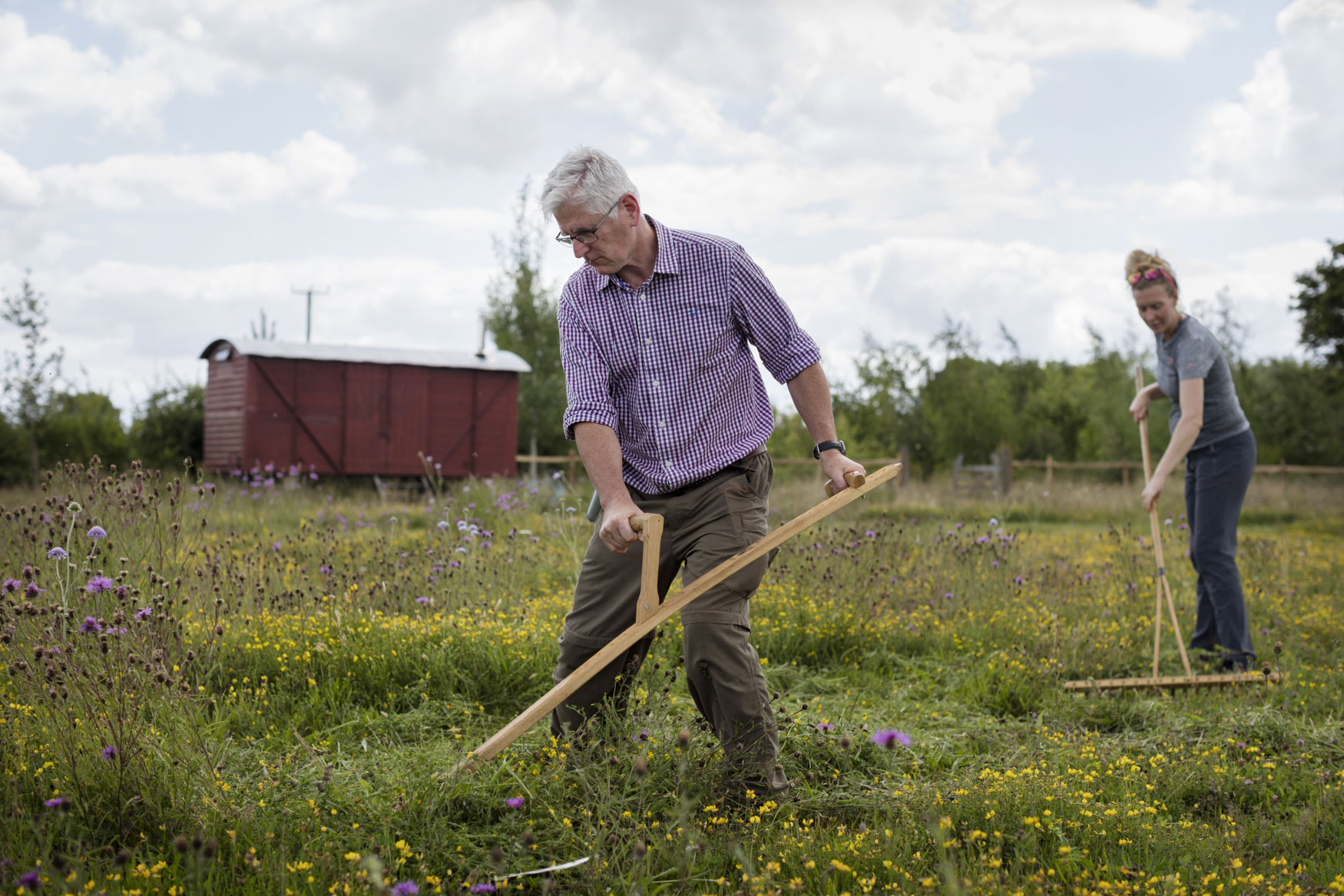
Wildflower-rich hay is more nutrient-diverse, but may be more stalky and tougher to masticate and digest for our modern, less hardy, breeds of livestock. That means that even for Marie and Gerry’s small meadow it’s not always easy to find a recipient for their hay, which must be cut and removed to maintain the meadow’s diversity. Ironically, in the absence of any livestock, the removal of nutrients is one the biggest challenges facing many small meadow owners.
When I visited Moat House meadow a cut of green hay was being taken. Green hay can be used immediately for re-seeding and propagation, by scattering over a new area, in this instance on the nearby land of Nick and Alana Stoffel who are establishing their own meadow areas. Local provenance is important in increasing biodiversity with appropriate flora for the local soil type and thereby supporting local ecosystems Around the country, there has been something of a boom in wildflower planting, especially in roadside verges, but the varieties of seeds being used are not always appropriate or even native to the area. These artificial 'meadows' are unlikely to develop into self-sustaining ecosystems, as either no cutting occurs, or cuttings are left to rot and enrich the soil beyond the point that suits the flowers that have been planted.
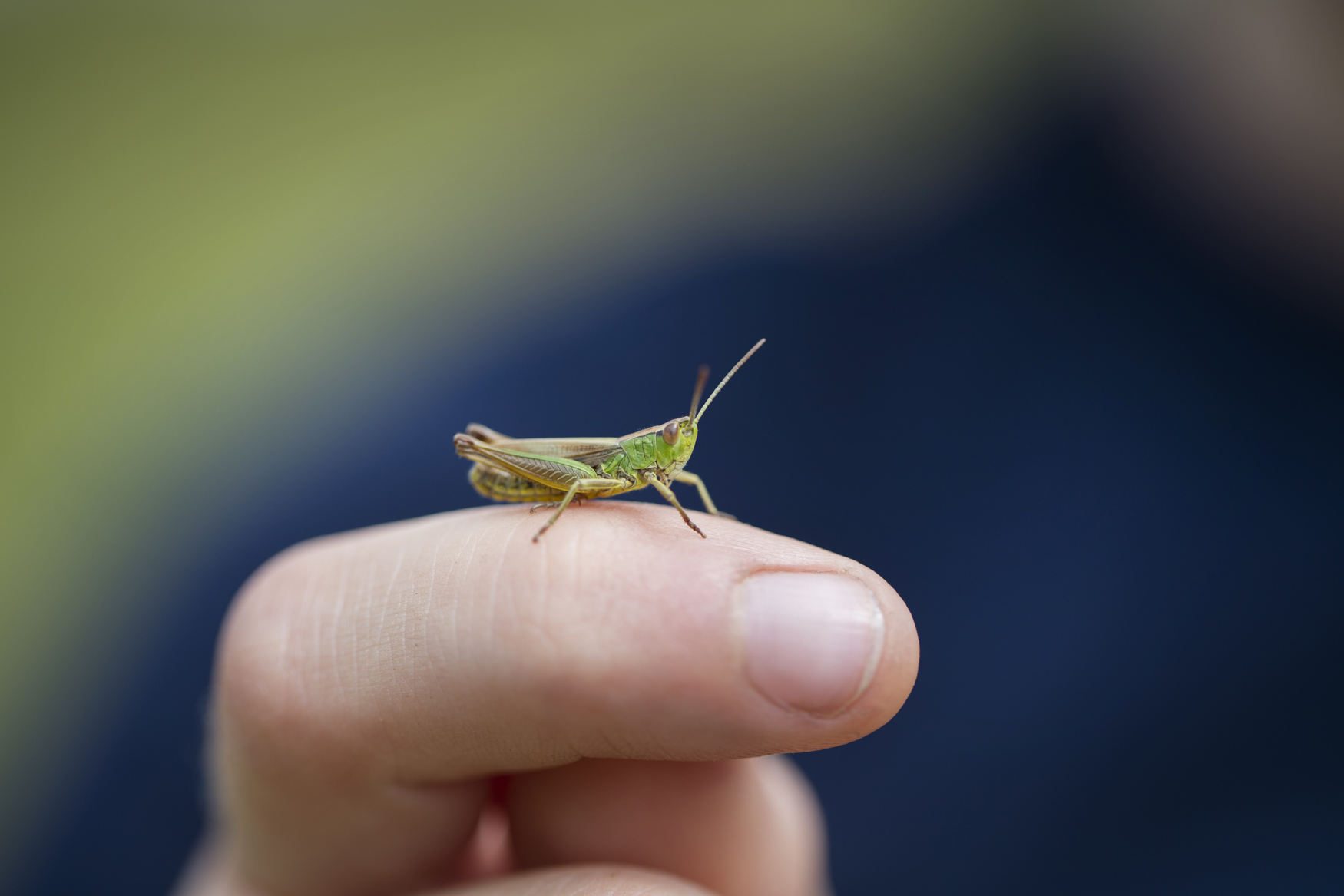
The meadow in Hoxne is cut with double handed scythes, the like of which would once have performed all agricultural reaping work, prior to mechanisation. They are still remarkably effective I discovered, and I’ll definitely be replacing my strimmer with one at the first opportunity! They offer a number of advantages other than being silent and zero-carbon in operation. They make one single cut through the stems, as opposed to a strimmer that breaks up the plant matter and, inevitably, puts unwanted nutrients back in the land. Using a hand scythe is also wildlife friendly and allows very selective cutting. Having cut and bagged the green hay it is dragged off site, avoiding the use of any heavy machines that might compact the soil or harm wildlife.
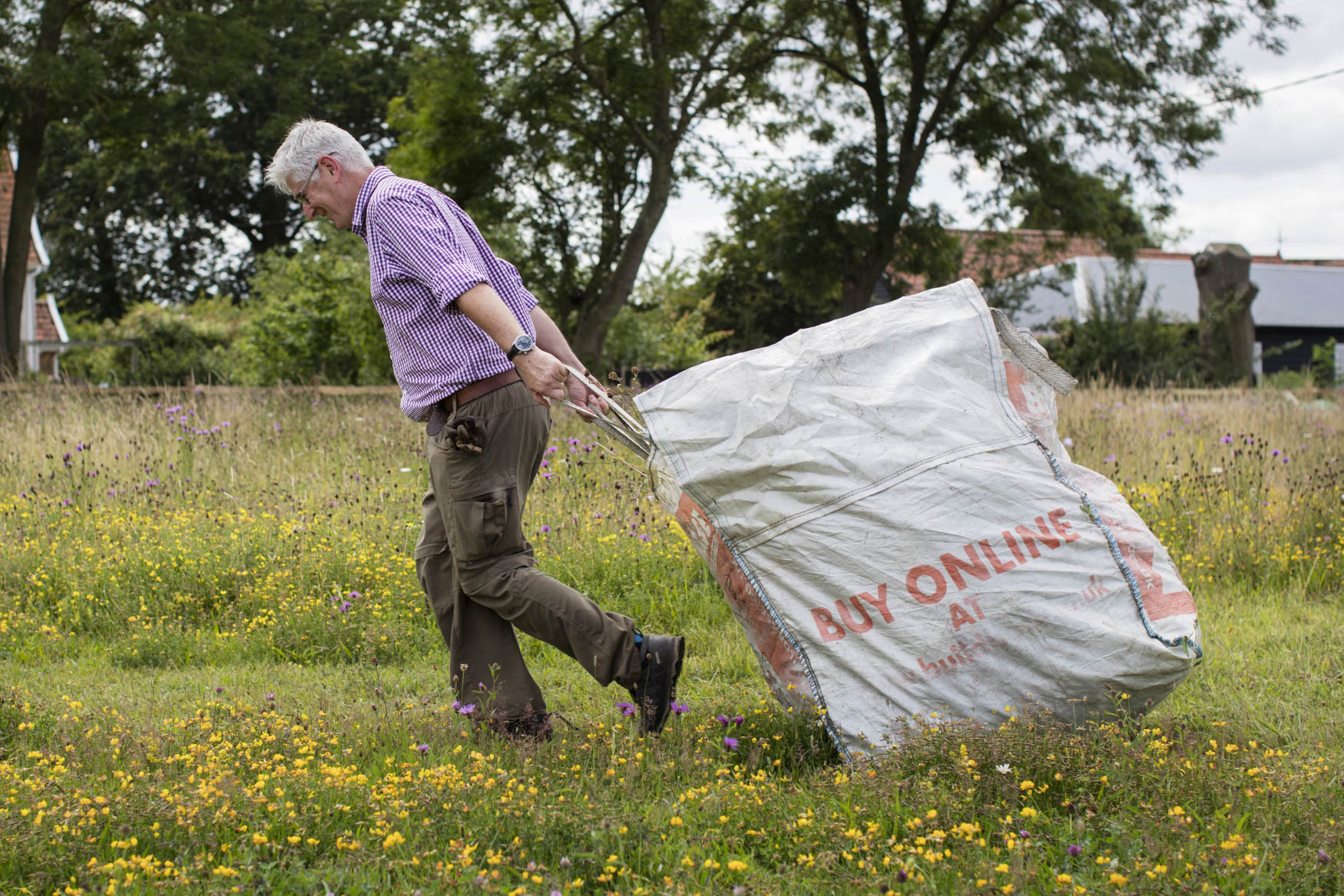
Not only is Marie and Gerry Lagerberg’s meadow a thing of great beauty, it is also a breathing, buzzing, creeping, fluttering and flapping, living landscape; and yet, still a productive one.
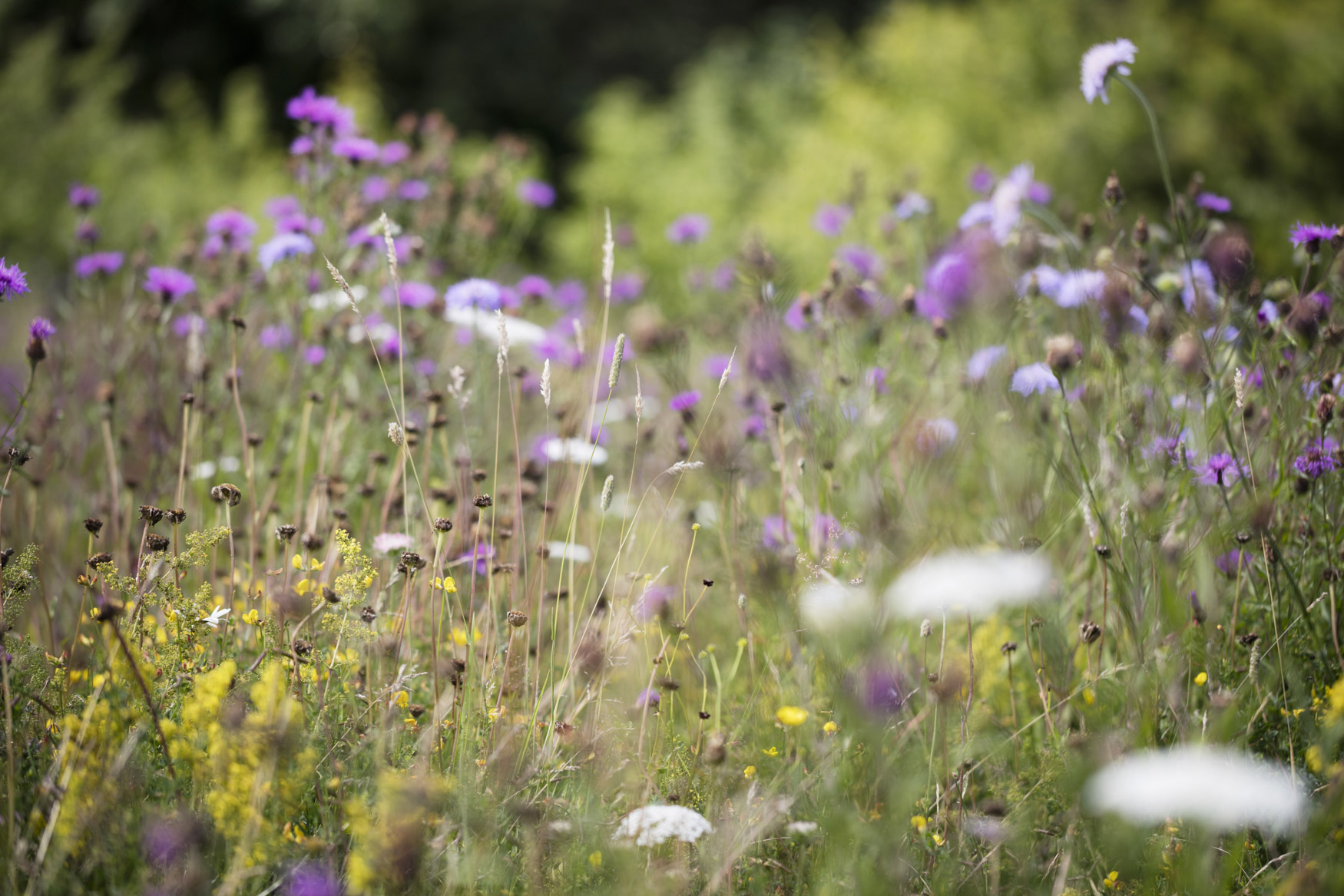
The meadow in Hoxne is only an acre and a half. Hopefully Nick and Alana will contribute another small parcel, but it’s evident that we have a long way to go to recover any significant portion of these lost landscapes. In the absence of incentives for farmers, some of the answer may lie with private land and garden owners. Even a small backyard can be a valuable wildflower meadow! If you’re interested in contributing, a good place to start getting involved would be at www.wildeast.co.uk who you can also follow on instagram @wildeastuk You can also follow Marie and Gerry's instagram account @summerinthemeadow.